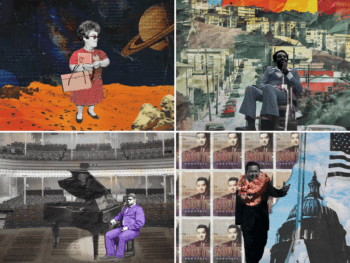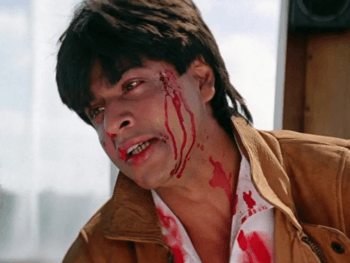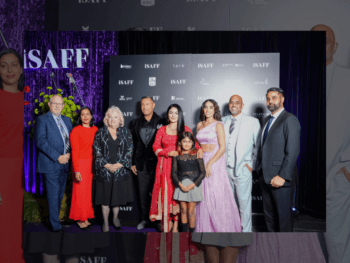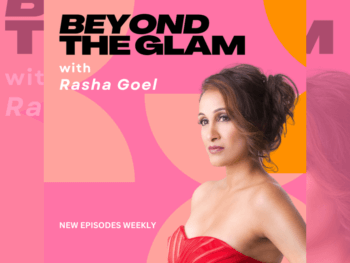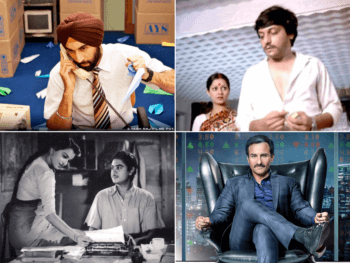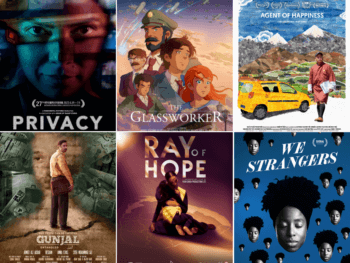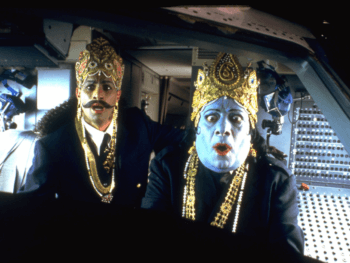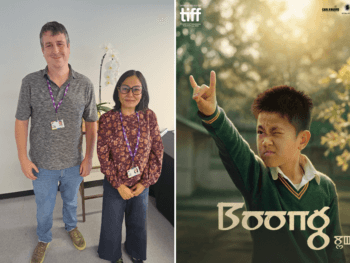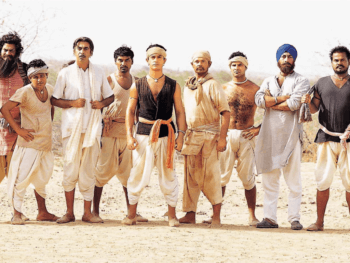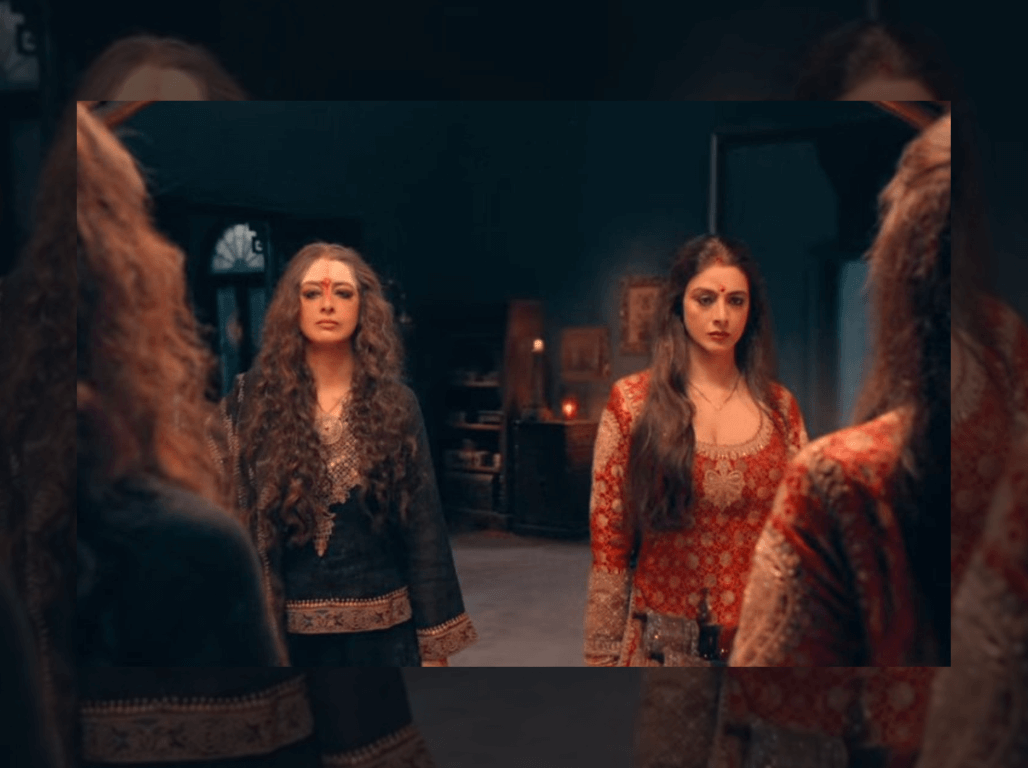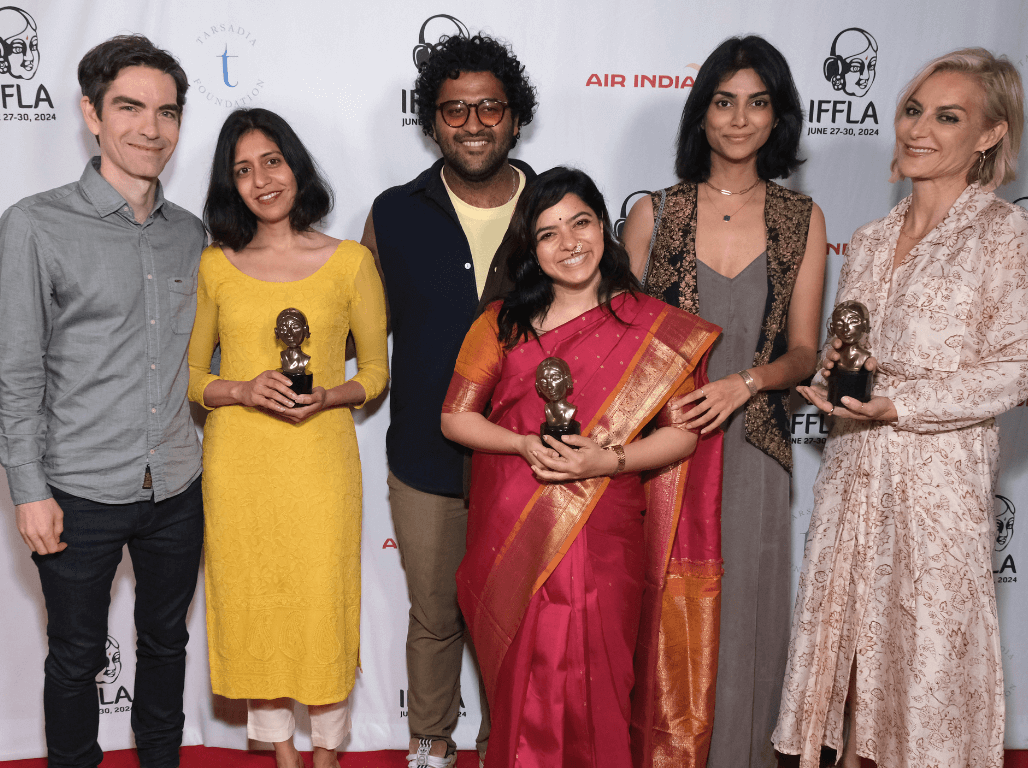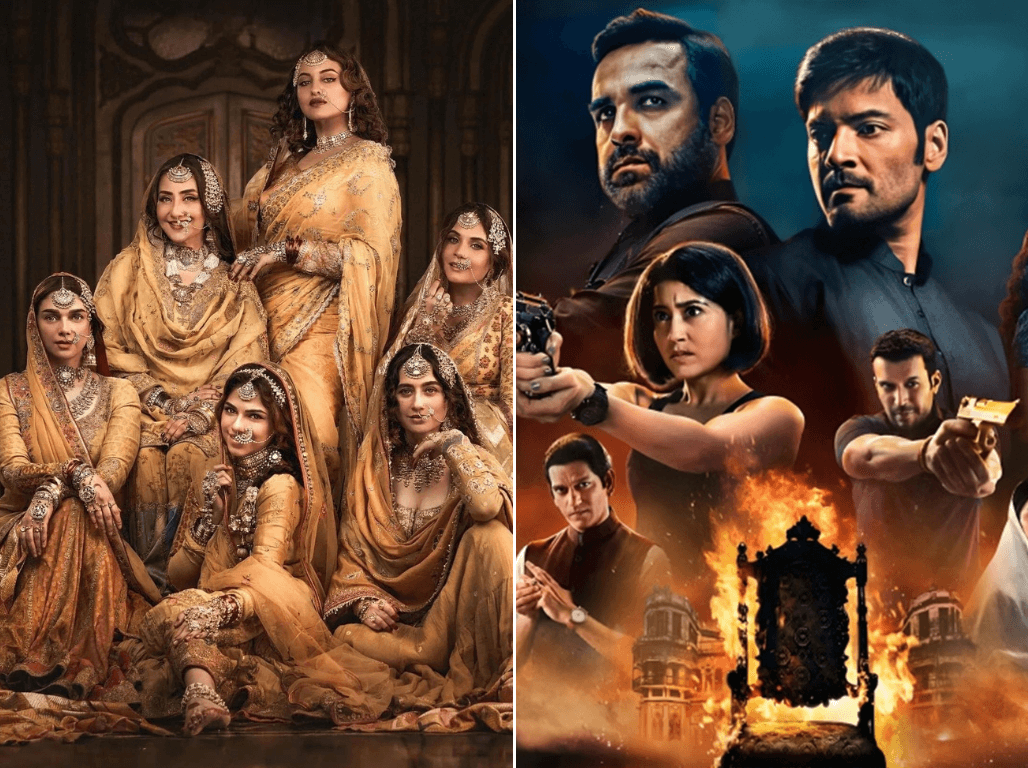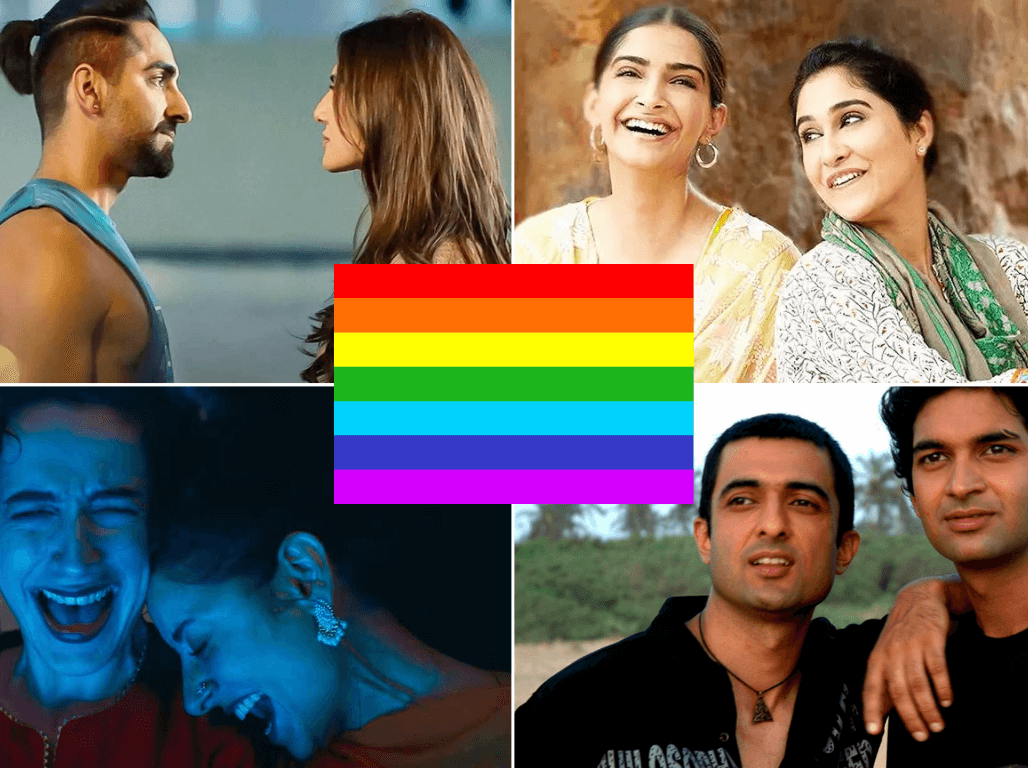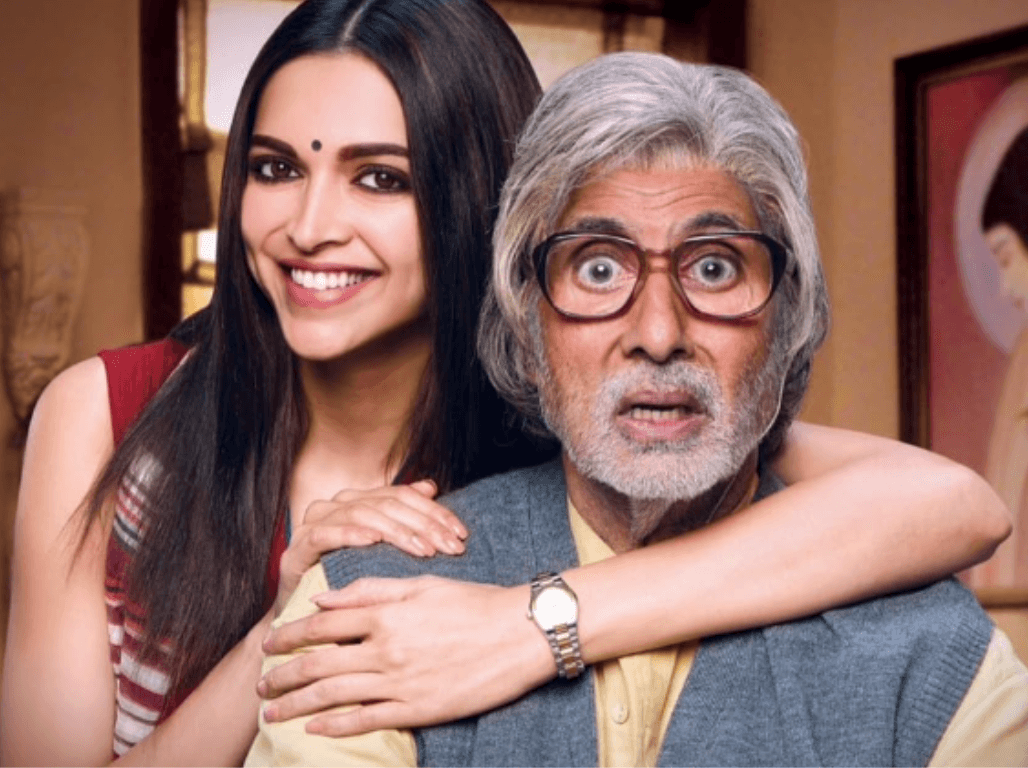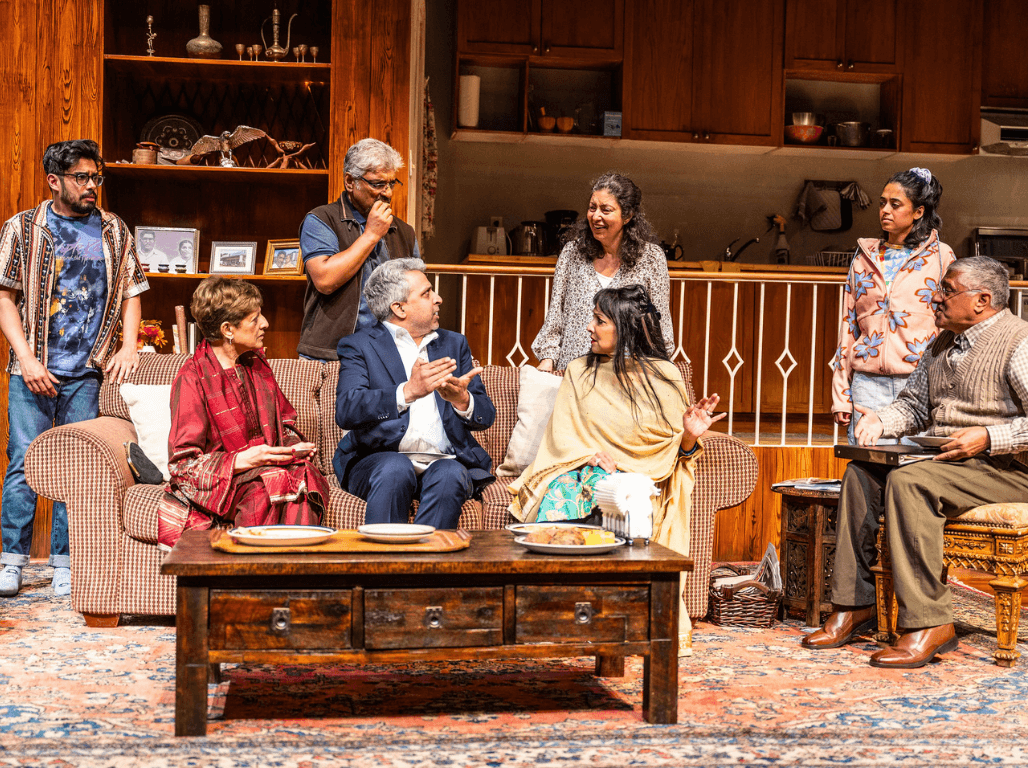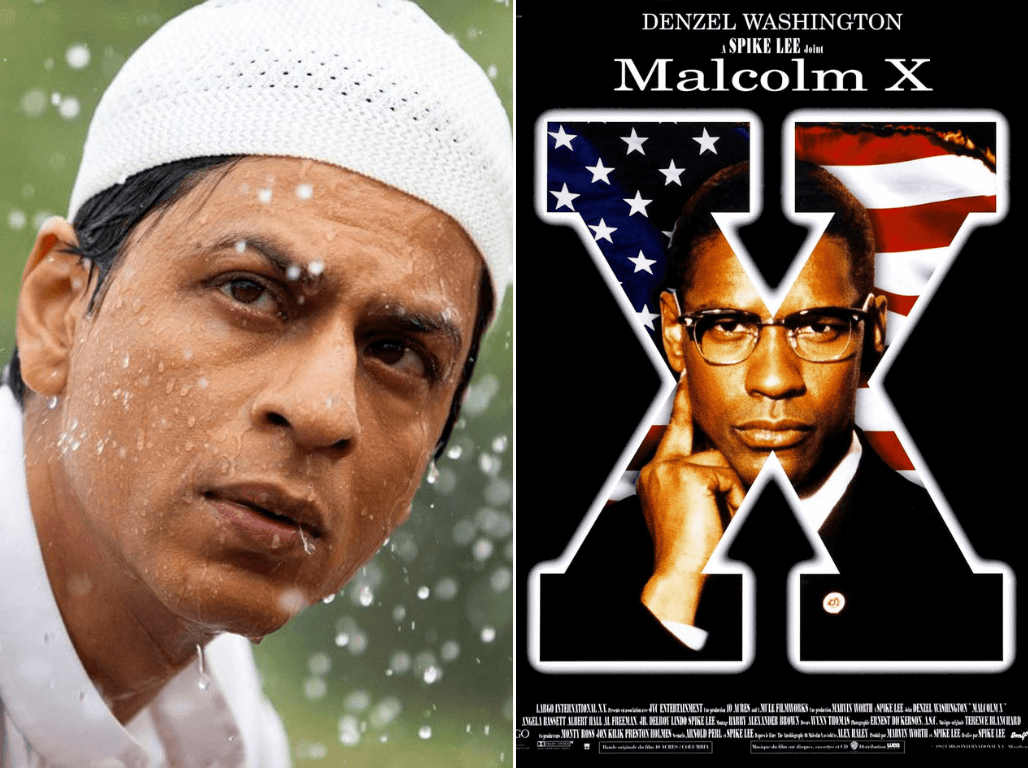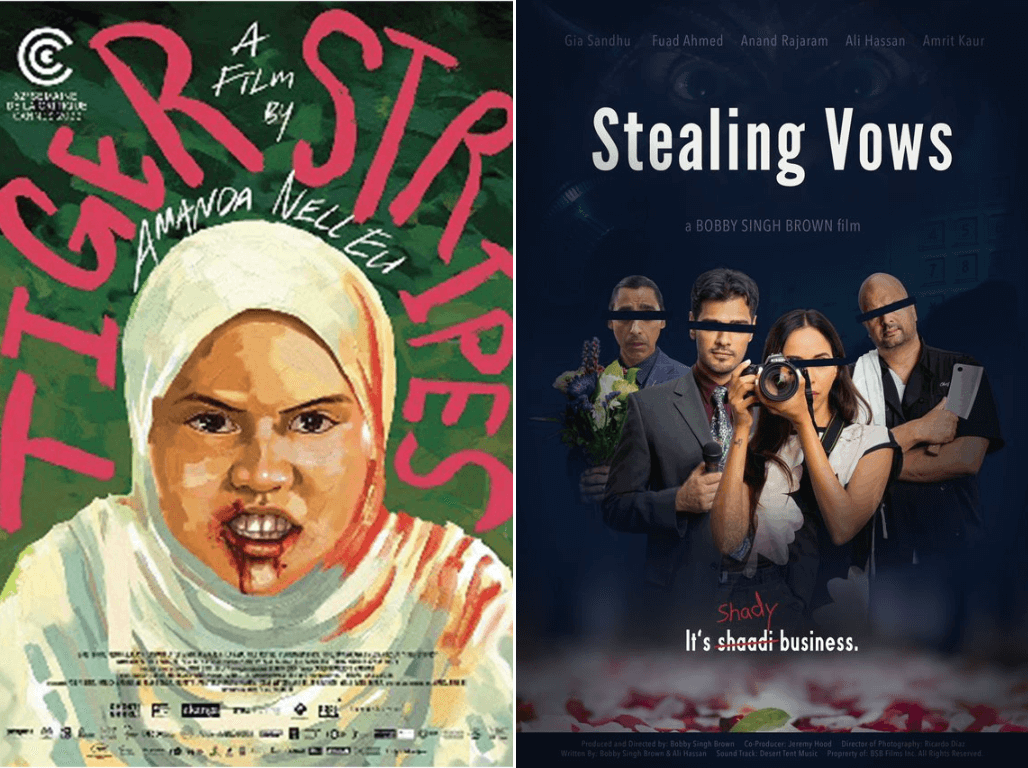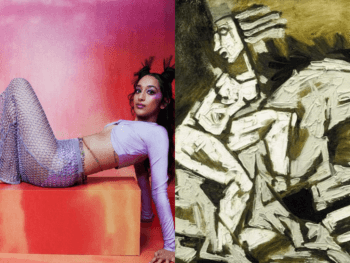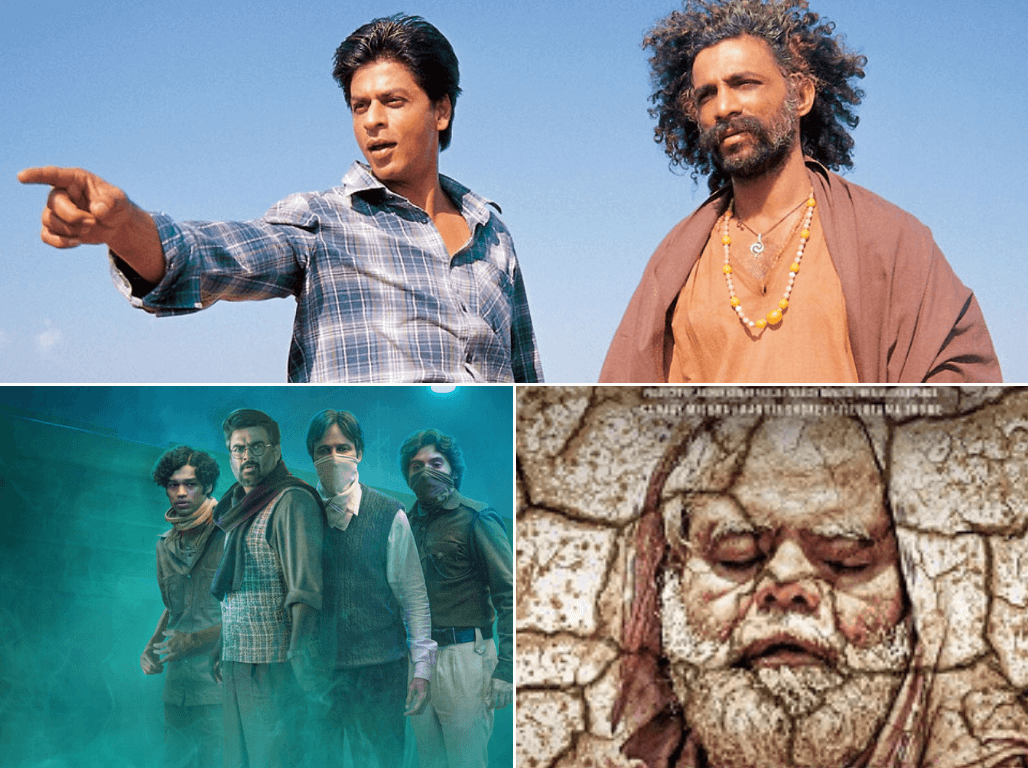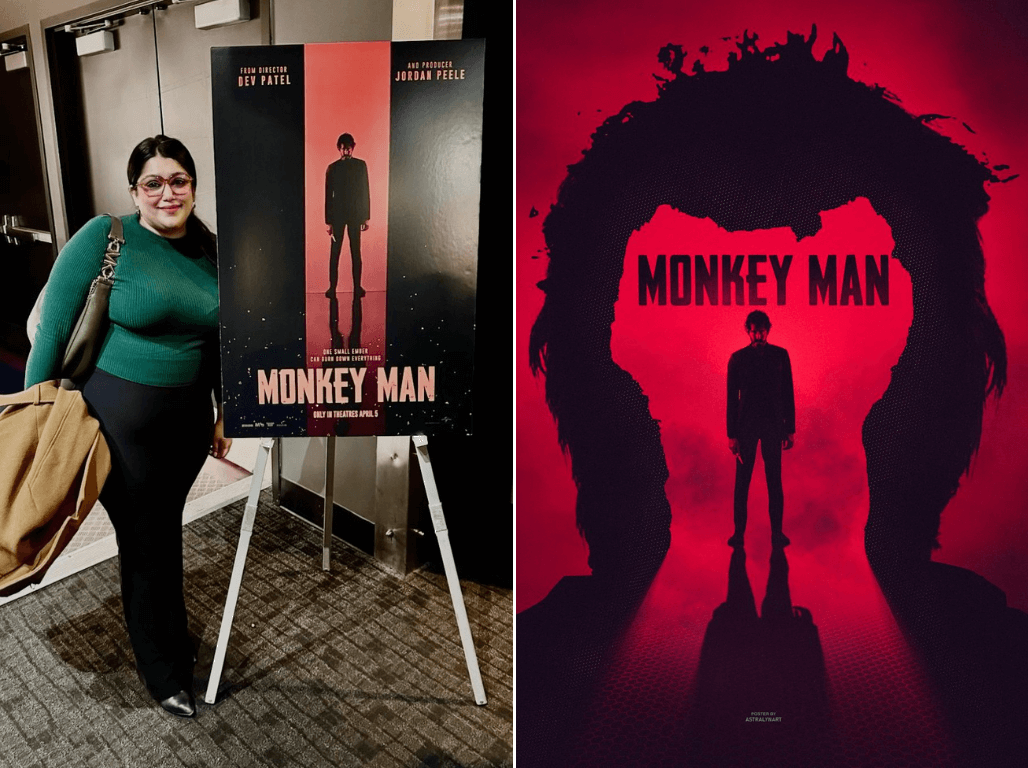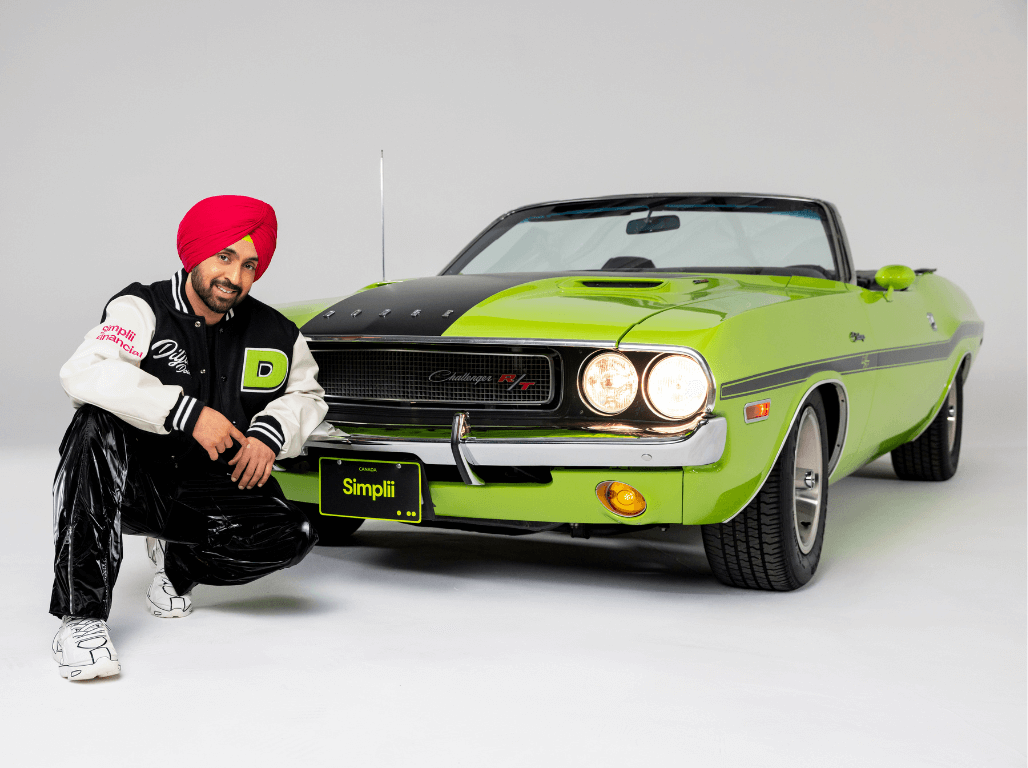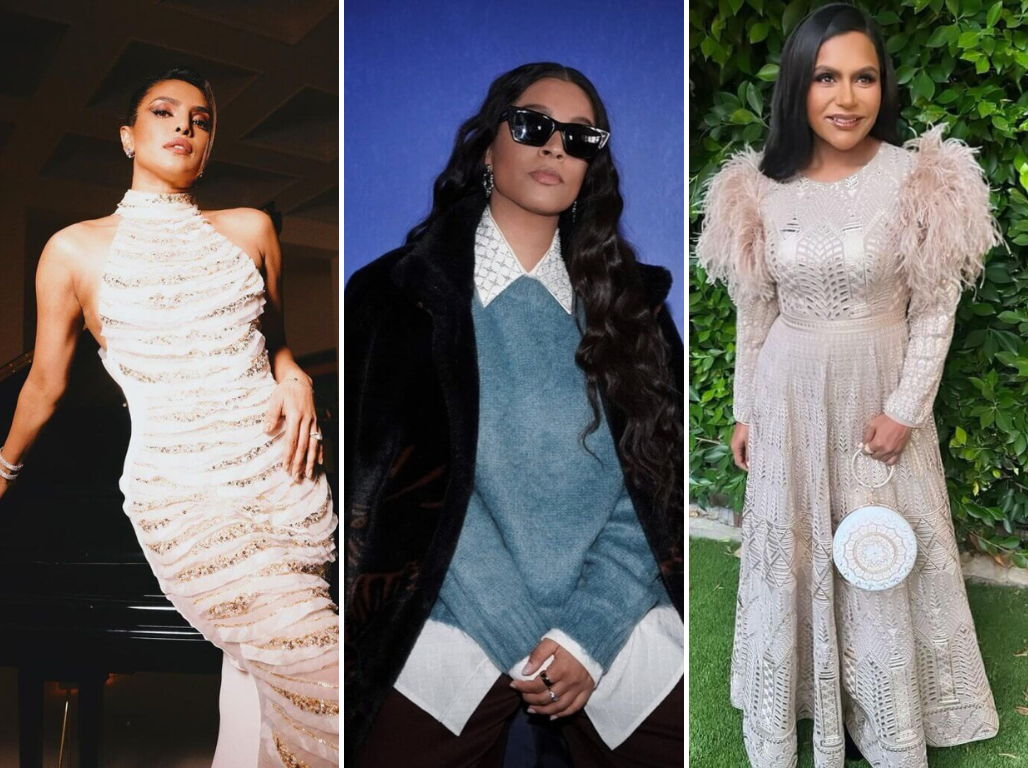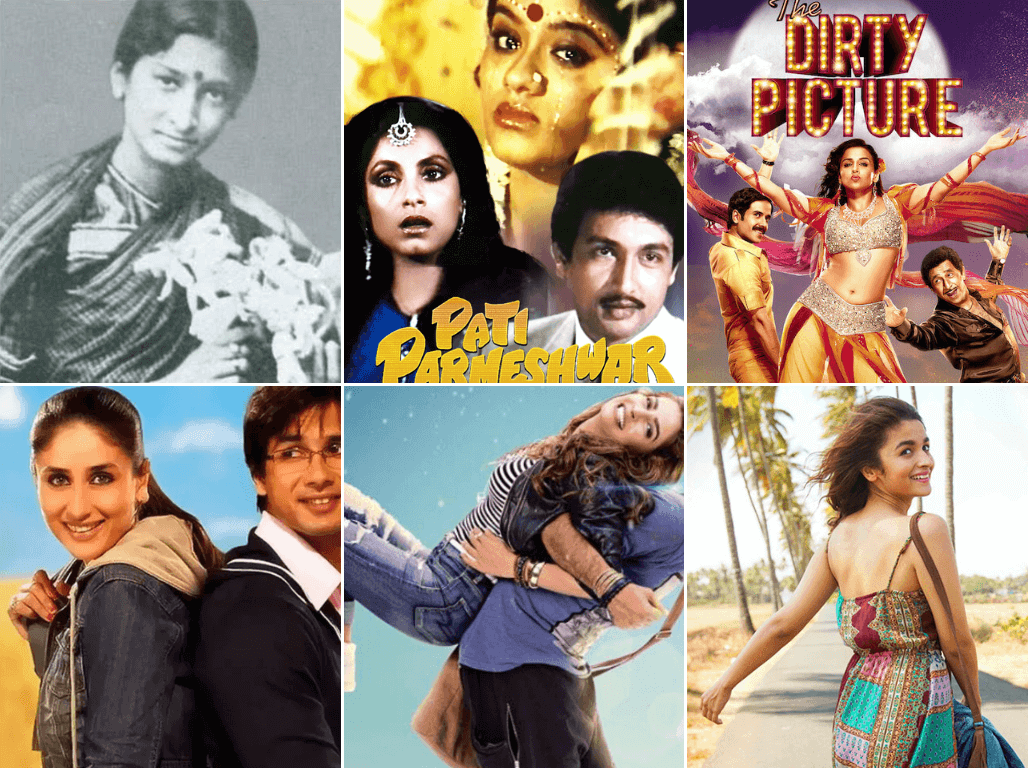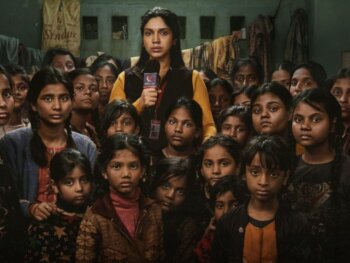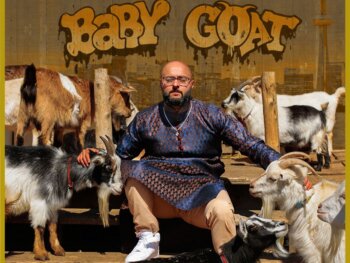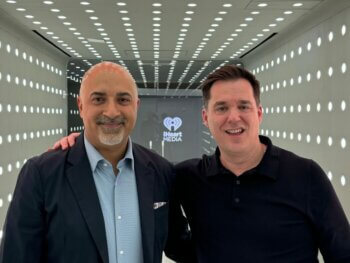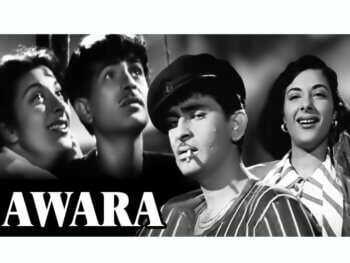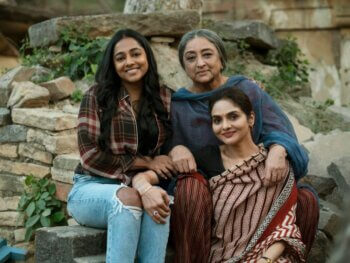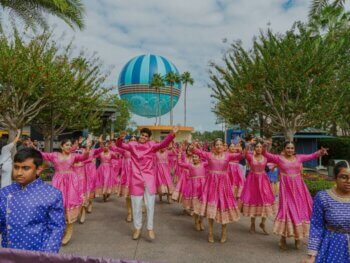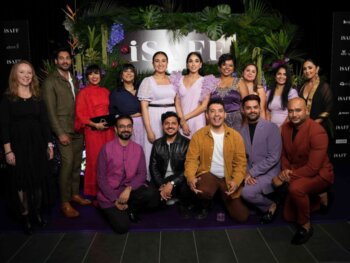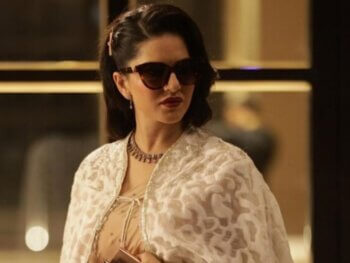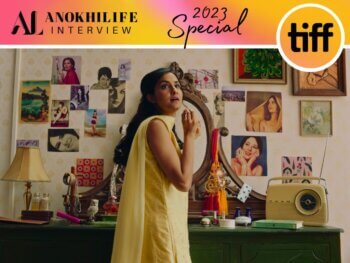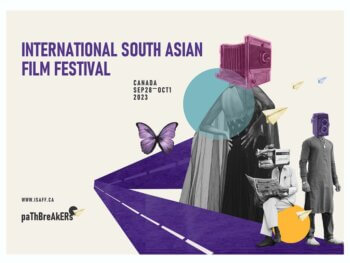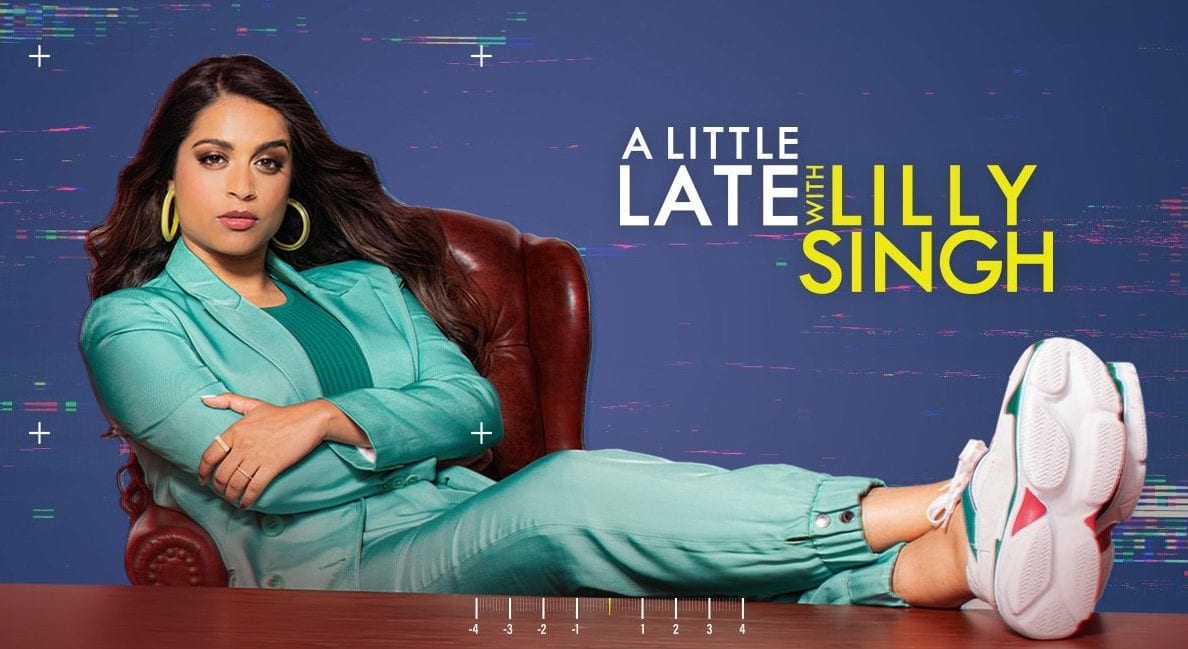
1. A Little Late With Lilly Singh: Have We Finally Convinced Hollywood That We Exist?
Entertainment Jan 03, 2020
Now that we’ve have made history it’s time to continue the conversation on why diversity and representation really matters. Yes, we’ve told you before that Hollywood needed to realize that we all exist, so have we crossed that threshold with A Little Late With Lilly Singh? We take a closer look.
In case you missed it, Scarborough’s very own and renowned YouTuber, Lilly Singh, has begun her takeover of the airwaves (and YouTube on Monday night) during the wee hours of Tuesday morning with the debut of her revolutionary new late-night show on NBC, A Little Late with Lilly Singh. The show airs weeknights at 1:35 AM ET / 12:35 CT.
Although the show is only 30 minutes, the premiere episode certainly packed a punch that was heard and celebrated throughout the world by the South Asian and the LGBTQIA+ community, but also persons of colour and women, in general. Since Wanda Sykes’ show, The Wanda Sykes Show, got the axe in 2010 after just one season, the small screen has not had another woman of colour join what was essentially a very vanilla ‘boys only’ club on the late-night talk show circuit.
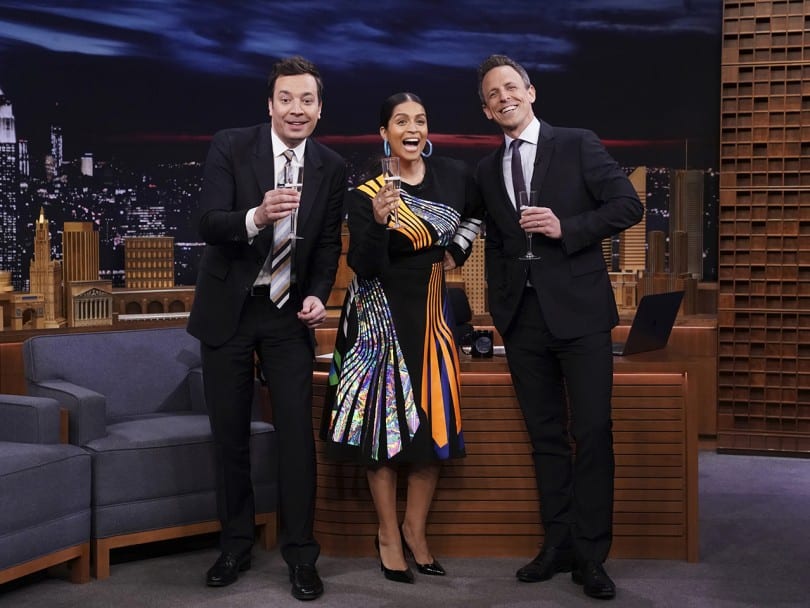
If that wasn’t enough, for her second show, Singh made her primetime debut on Tuesday night at 10 PM ET / 9 PM CT with a special 60-minute show (no big deal) featuring Kenan Thompson, Christina Aguilera, Tony Hale, Mandy Moore, Milo Ventimiglia, and 5 Seconds of Summer as her musical guests.
Before I start gushing about all the ways the premiere of Singh’s show made us, here at Anokhi Life, giddy with pride, love, gratitude, and respect, let’s talk about why her visibility is crucial.
Why Representation Matters In The Media:
In 2016, #OscarSoWhite shook up the movie industry and shined a light on how important “fighting for fair representation and recognition of people of colour” is, according to the Huffington Post.
Since then, movies like Crazy Rich Asians and Black Panther have come to life, featuring diverse casts that respective populations could relate to on the big screen (hey, we told you that diversity was a good thing!). In this respect, Time emphasizes the importance of being able to “relat[e] to characters onscreen…not merely for us [the ‘other’] to feel seen and understood, but also for others who need to see and understand us. When it doesn’t happen, we are all the poorer for it.”
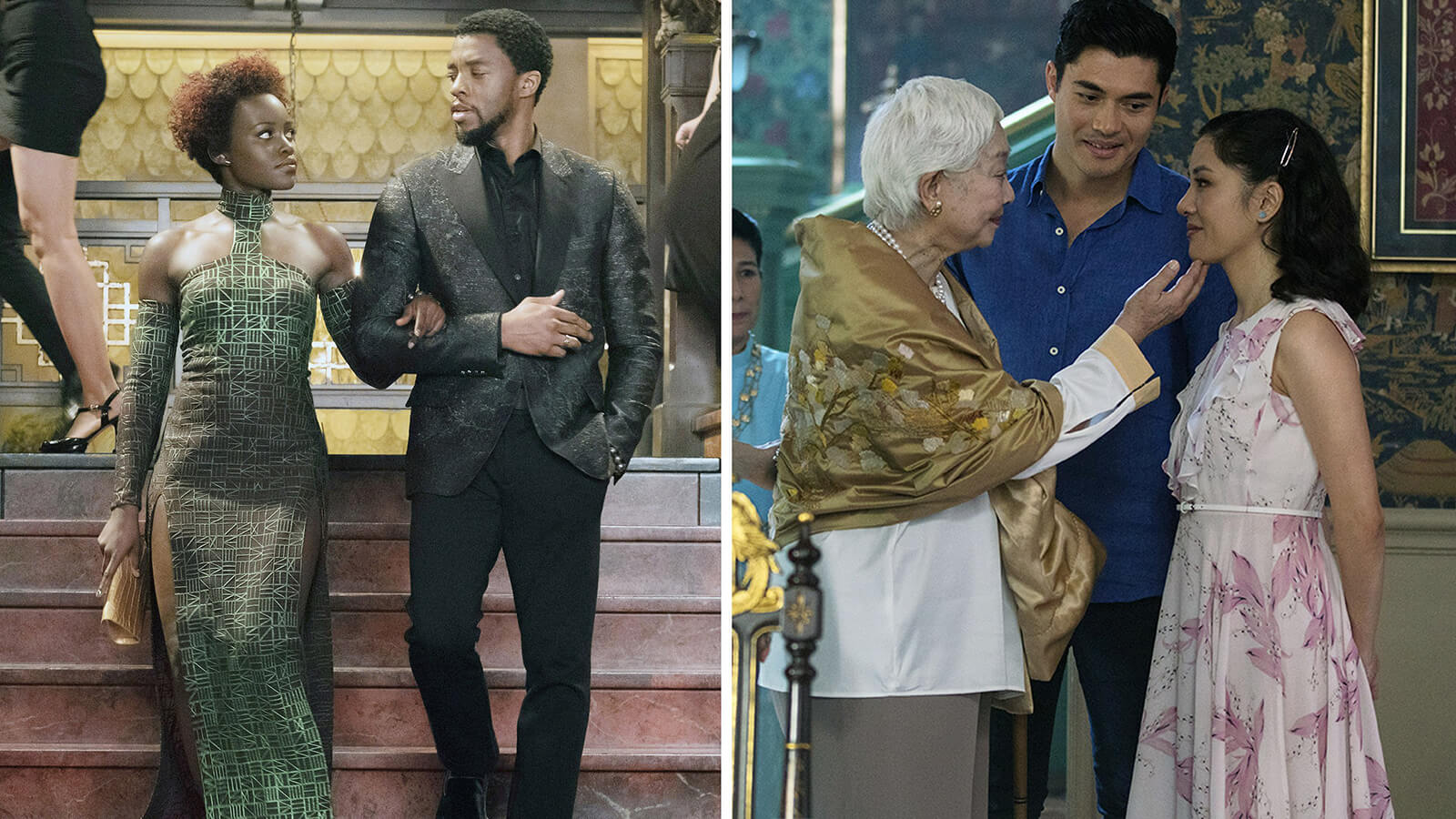
But, let’s go a little deeper: according to Vice, a historian, Carlos Cortes, notes that “minorities realize—supported by research—that the media influence not only how others view them, but even how they view themselves.” And so, when there is a lack of representation on screen or within the media of people who are South Asian, Black or Asian (to name a few), it’s hard to escape the negative stereotypes that pigeonhole persons belonging to these ethnicities.
Even worse, a child’s self-worth can be impacted when they are constantly bombarded with pessimistic ideas of what the world thinks of them. And, unfortunately, a child who belongs to a minority population, might start questioning their differences and hating themselves for it.
Later in life, that child grows into an adult who engages in ‘covering,’ which is what happens when “members of the non-dominant culture downplay the ways that they differ from the dominant culture,” according to DeEtta Jones. To be included, minority members end up burying or hiding the parts of themselves that make them unique, which can be very damaging for that person’s sense of identity.
That said, the fact that the South Asian community no longer needs to idolize a brown M&M (it was hard out here) is important. Of course, there are other notable South Asian superstars like Mindy Kaling and Priyanka Chopra who have certainly paved the way for Singh (which she humbly recognizes). But, having the platform that Singh does on a major network, NBC, to be seen and heard openly challenging topics like White privilege, stereotypes facing the South Asian community, sexuality, mental health, diversity, or gender-equality to a global audience (#TeamSuper will lose sleep for her, trust me) is a Bigfoot-sized step in the right direction.
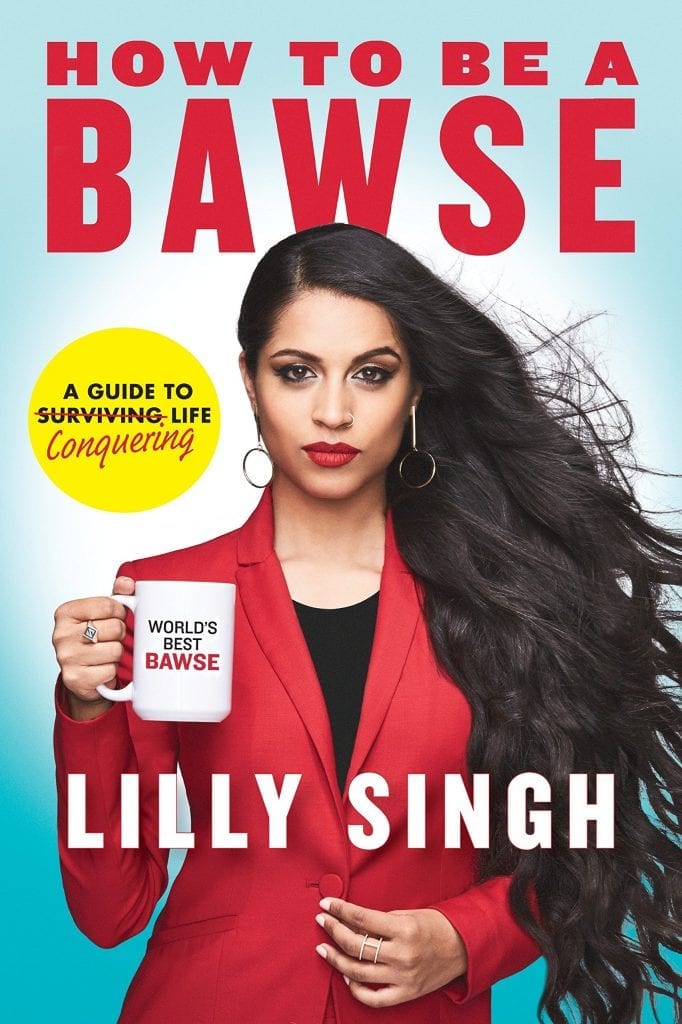
When we (the ‘minority’) can see ourselves being positively represented within mass media by people like Singh, who are dominating the internet and, now, television, it’s a lot easier to see past the detrimental notions of what we ‘should’ be and move toward what we can be.
Here’s What We LOVED About The Debut Episode Of A Little Late With A Bisexual Woman Of Colour (Otherwise Known As Lilly Singh):
Now that we’ve had time to fully digest the world-shattering premiere of A Little Late with Lilly Singh, here are the moments that really resonated:
- The opening song (seriously, watch the video below, you’ll thank me later) had me screaming #facts at the television. I loved the audacity and authenticity behind the lyrics in her music as she spoke about hot topics like her sexuality, racism, sexism, equality, and fair pay. The fact that Singh not only acknowledged her differences, but celebrated them is so powerful as it works to breakdown the deeply entrenched patriarchal and discriminatory barriers that are often unconsciously embedded into the way we think and behave. Also, her words work to inspire youngsters everywhere, especially in the South Asian community, to believe that they too can go against the grain (you know the stereotypical career paths I’m talking about) to chase their dreams. Singh’s rap worked to enforce the new norm, insofar that, women of colour are ‘bawses’ and we are claiming our rightful spots at the top.
But, more than anything, I was thankful I was able to finally relate to Singh, whose experiences and ethnicity are aspects that I can identify with as a young brown-skinned woman. It was humbling and so powerful to feel like I was on the inside, understanding her references to other South Asian stars or the Hindi words she spoke on screen, on a major network like NBC. It was truly a breath of fresh air.
Thank you, Lilly.
- Her authenticity was vivid throughout the show, from teasing that she’d rename herself “bisexual woman of colour” because of how often she’s heard it in the media to her bold crimson suit, that she joked was as close to a wedding lengha as she’d get. Singh also paid homage to her city with the CN Tower incorporated in the set, representing her Canadian identity.
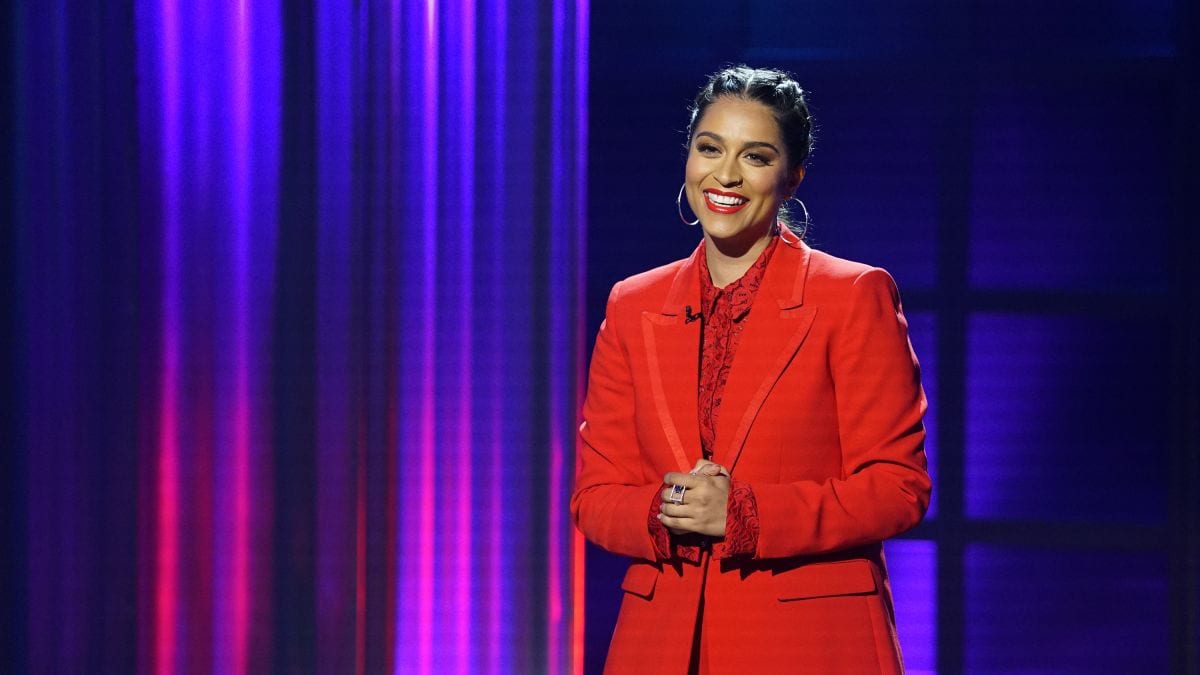
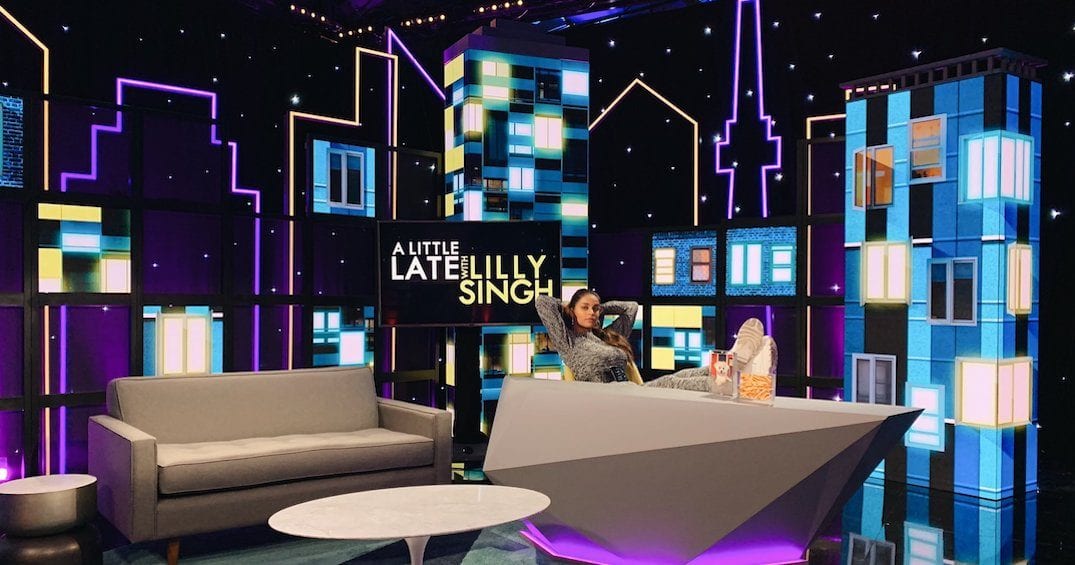
- Another invaluable part of Singh’s opening monologue was when she walked out onto the stage and quipped with the audience that people watching her show might be wondering why NBC was “playing Slumdog Millionaire after Seth Meyers?” And then, being the bawse she is, Singh she called out Middle America and said maybe her venture and visibility is only the beginning for women and persons of colour. But that wasn’t even the best part – Singh then goes on to say: “One of the biggest fears of white America is that minorities are coming for to take their jobs. And honestly, we are.”
- Not only does Singh take a moment to thank the prominent women of colour that have helped to pave the way for women like herself to make their mark on their world, such as Mindy Kaling, Michelle Obama, or the brown M&M, she also has them on her show. On the premiere episode, she had Mindy Kaling (one of the reigning queens of comedy and my personal she-ro). Seeing, not one, but two women of colour, sharing in and celebrating each others success for all the world to see was a major moment.
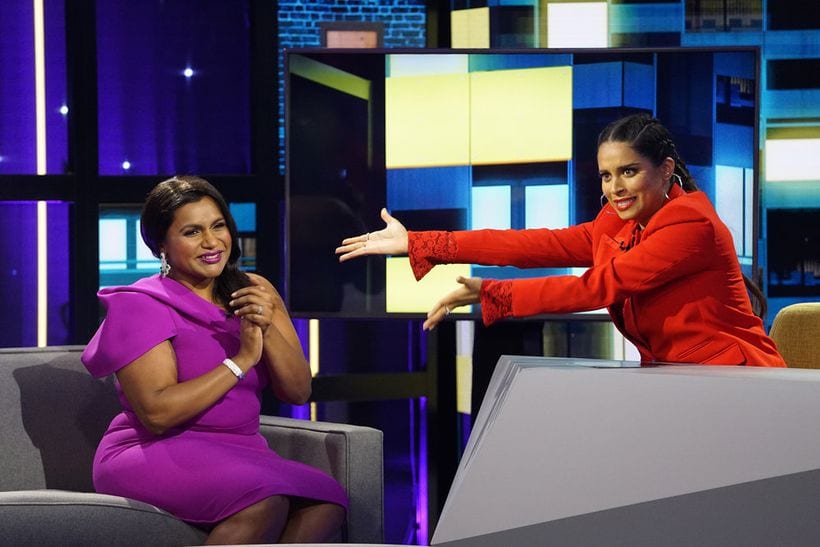
And when was the last time you heard “Thank you Didi!” on network television? My point exactly.
What Does This All Mean?
Having representation in media and being able to see features of yourself, like coloured skin, references to your culture, or even hearing a language that you speak at home, is a monumental win. Think of representation like it’s a vision board, the more you see it, the more likely you are to believe and let your dreams manifest. In this case, the more often you see someone that looks like you find success, the greater the chance that you’ll start to believe in yourself, rather than critiquing your supposed ‘otherness’ or allowing it to limit what you think you can do.
With her show (and all of her other successes), Singh is showing the South Asian community that taking a back seat or conforming to society’s predetermined ideals is no longer acceptable. Instead, we have to take the reigns to prove that persons of colour who ‘make it’ do not have to be the exception. With people like Singh leading the pack, disintegrating the stereotypes that many South Asians have built their lives around, there is hope for more.
To close, let’s have a round of applause for Lilly Singh for pushing the boundaries of what she should have been to become what she could be. I don’t know about you, but I am so happy to be here for this.
Main Image Photo Credit: www.imdb.com
Devika Goberdhan | Features Editor - Fashion
Author
Devika (@goberdhan.devika) is an MA graduate who specialized in Political Science at York University. Her passion and research throughout her graduate studies pushed her to learn about and unpack hot button issues. Thus, since starting at ANOKHI in 2016, she has written extensively about many challe...






























































